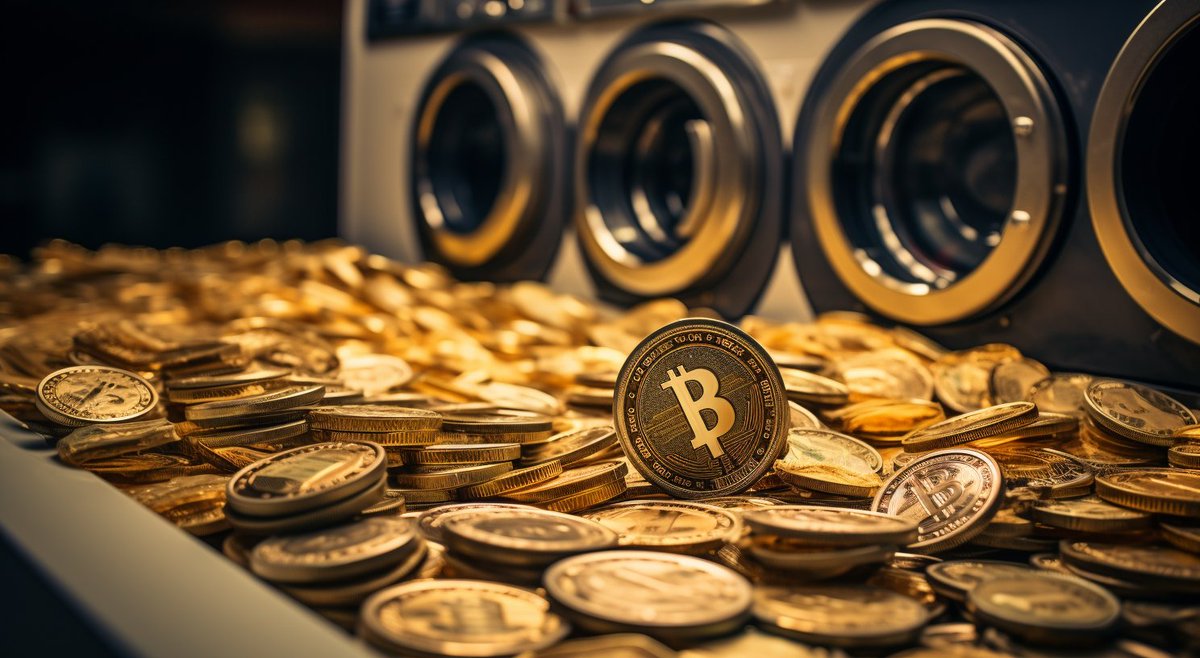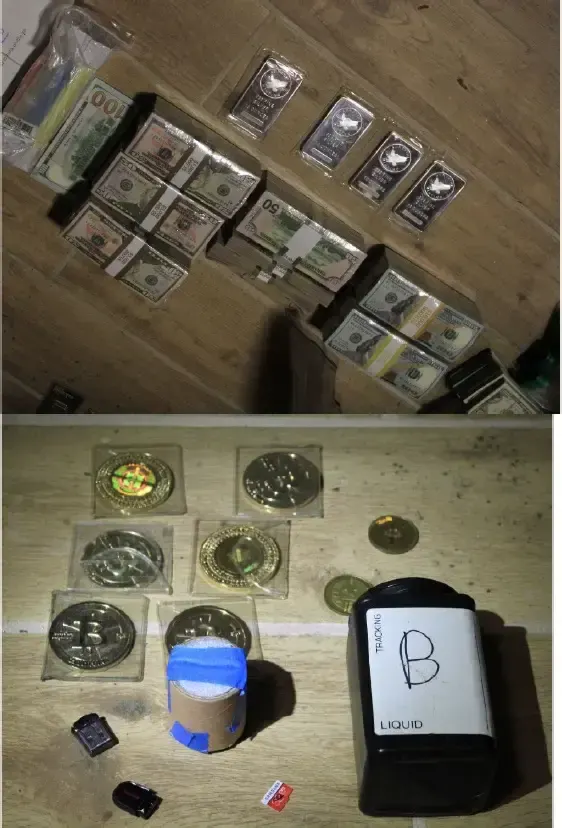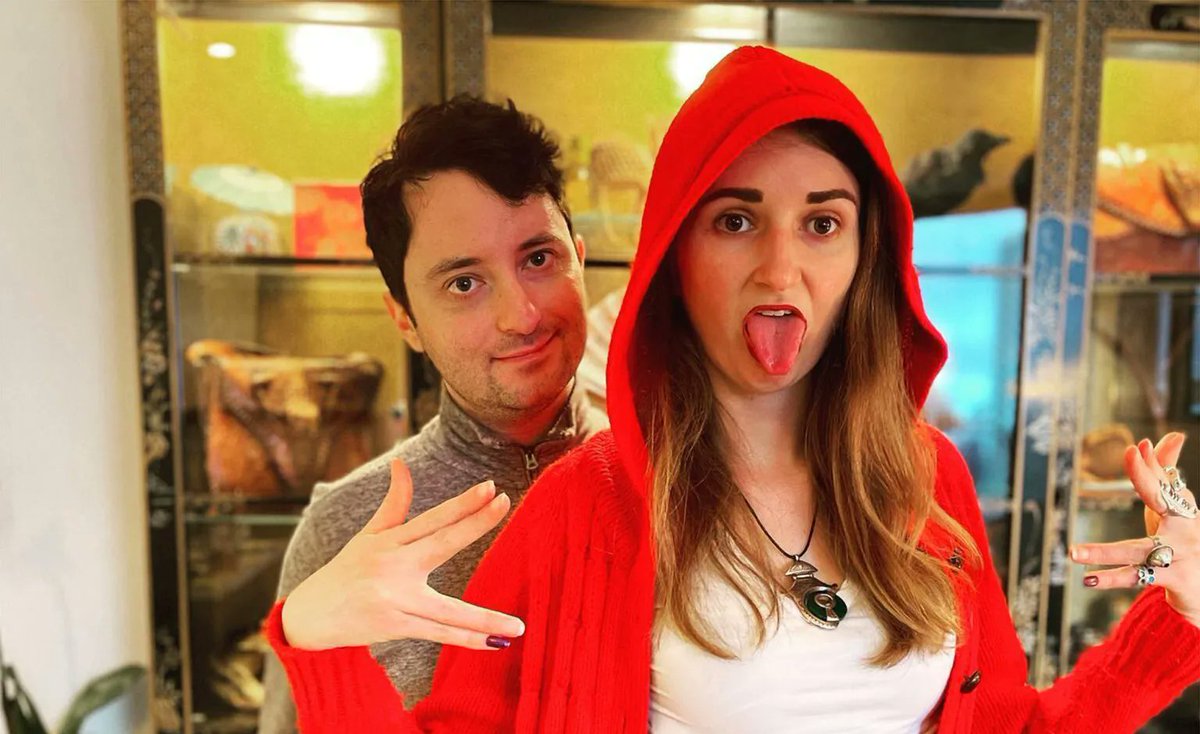This guy stole $3.3B and then hid it in a Cheetos popcorn tin.
Meet Jimmy Zhong.
In 2012, he found a loophole on the Silk Road website, so he drained 51,860 bitcoins.
For 9 years, he evaded the authorities, until he made one tiny, unbelievable mistake:🧵

Meet Jimmy Zhong.
In 2012, he found a loophole on the Silk Road website, so he drained 51,860 bitcoins.
For 9 years, he evaded the authorities, until he made one tiny, unbelievable mistake:🧵


In 2012, Jimmy discovered a loophole on Silk Road, a popular darknet marketplace.
He noticed that he could receive more bitcoin than he initially put into his wallet by clicking the withdrawal button multiple times in succession.
credit: @CrumbOSRS
He noticed that he could receive more bitcoin than he initially put into his wallet by clicking the withdrawal button multiple times in succession.
credit: @CrumbOSRS
He exploited this loophole repeatedly until he was able to drain 51,860 bitcoins worth $700k at the time.
After stealing the bitcoins, Jimmy laundered them by passing them through crypto mixers.
After stealing the bitcoins, Jimmy laundered them by passing them through crypto mixers.
He then used the proceeds to stay at fancy hotels and shop at high-end stores like Gucci and Louis Vuitton.
He also bought a lake house with boats and jet skis.
He was living the life...

He also bought a lake house with boats and jet skis.
He was living the life...


He flew his friends out on a private jet to watch a football game and gave them $10k each to shop at luxury stores in Beverly Hills.
He kept this lavish lifestyle up for years but never got caught until one day.
On March 13, 2019, Jimmy got robbed.

He kept this lavish lifestyle up for years but never got caught until one day.
On March 13, 2019, Jimmy got robbed.


A thief had broken into his residence and stolen $400k in cash and 150 bitcoins. He immediately called 911 to report the theft.
Although the police wondered why he had that amount of money lying around in his home, the investigation proceeded.
Although the police wondered why he had that amount of money lying around in his home, the investigation proceeded.
While it happened, Jimmy made what would become the biggest mistake of his life.
He mistakenly combined $800 from the stolen money into funds he held on a KYC-exchange.
credit: @CrumbOSRS
He mistakenly combined $800 from the stolen money into funds he held on a KYC-exchange.
credit: @CrumbOSRS
This transaction exposed his identity, linking him to the crime.
In November 2021, the authorities raided his home and found 50,676 bitcoins stored in a tiny computer in a Cheetos popcorn tin.
In November 2021, the authorities raided his home and found 50,676 bitcoins stored in a tiny computer in a Cheetos popcorn tin.

They also found $660k in cash and silver and gold bars.
Jimmy was arrested and sentenced to 1 year in prison.
Jimmy’s case underscores the risks associated with keeping your crypto on custodial platforms.
Here are 2 lessons from this story:
Jimmy was arrested and sentenced to 1 year in prison.
Jimmy’s case underscores the risks associated with keeping your crypto on custodial platforms.
Here are 2 lessons from this story:

1/ Centralized exchange = zero privacy:
When you make transactions on centralized exchanges, your transactions can be linked to you due to the KYC measures you are required to pass through.
If you care about privacy, only use decentralized, non-custodial alternatives.
When you make transactions on centralized exchanges, your transactions can be linked to you due to the KYC measures you are required to pass through.
If you care about privacy, only use decentralized, non-custodial alternatives.

2/ Embrace privacy tools and assets:
With most cryptocurrencies today, your transactions can be traced and linked to you given enough time.
If you care about privacy, for the right reasons of course, use tools that prioritize that.
With most cryptocurrencies today, your transactions can be traced and linked to you given enough time.
If you care about privacy, for the right reasons of course, use tools that prioritize that.

We've spent 7 years helping users securely buy, sell, and trade crypto.
We collect zero personal information and cannot freeze users' funds.
If you're ready to take your privacy and custody of your wallet to the next level, download Edge today: edge.app/x
We collect zero personal information and cannot freeze users' funds.
If you're ready to take your privacy and custody of your wallet to the next level, download Edge today: edge.app/x
• • •
Missing some Tweet in this thread? You can try to
force a refresh










